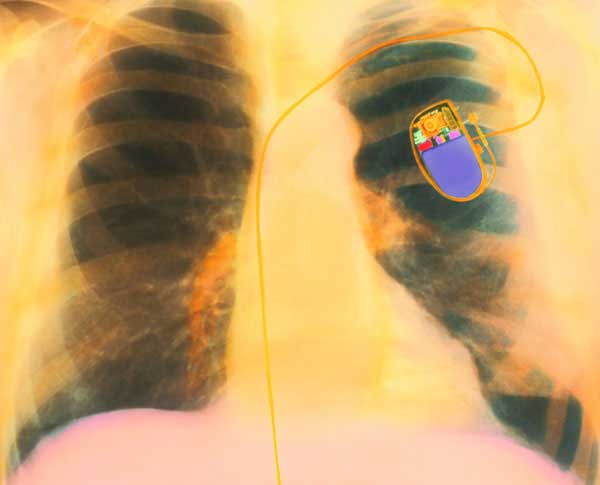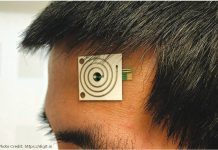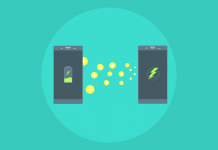
Because of this reason the researchers have searched for ways to prolong battery life.
They started to generate energy to power a pacemaker using blood sugar, or the motion of the hands and legs – but these methods either interfere with metabolism or require a more drastic surgery to pass wires from the limbs to the chest area.
Aerospace engineers M. Amin Karami and Daniel J. Inman, from the University of Michigan in Ann Arbor, have developed a prototype device that could power a pacemaker using a source that is surprisingly close to the heart of the matter: vibrations in the chest cavity that are due mainly to heartbeats.
In their method, vibrations in the chest cavity deform a layer of piezoelectric material, which is able to convert mechanical stress into electrical current. Tests indicate that the device could perform at heart rates from 7 to 700 beats per minute and that it could deliver eight times the energy required for a pacemaker.
Furthermore, the authors write, the amount of energy generated by heartbeat vibrations is always larger than the amount required running a pacemaker. Though the team has yet to develop a prototype that is biocompatible, they say that the potential to package this energy harvester with pacemakers gives it an advantage over competing methods.



